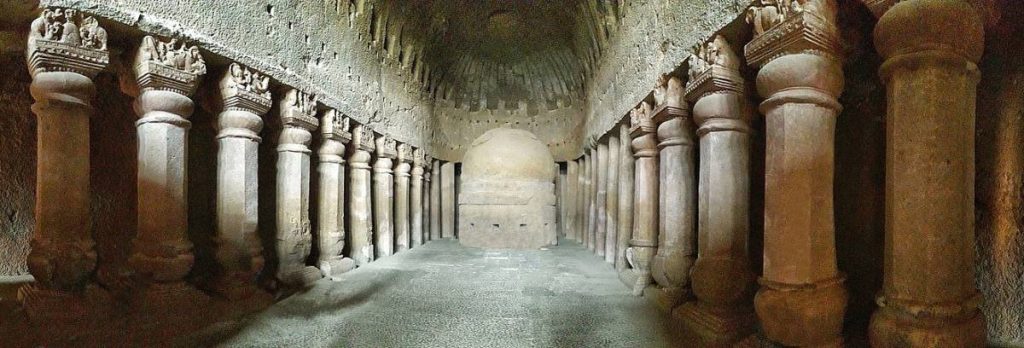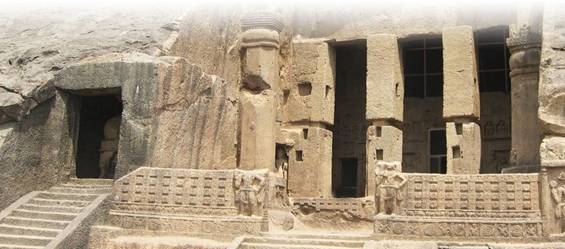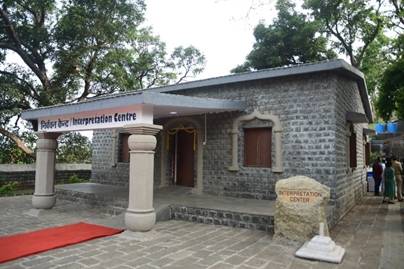As the 1,200-2,200 year old caves fall in the core area of the forest, electricity and water supply were not available but now power is supplied through solar energy sources…reports Asian Lite News
Mumbai’s ancient centre of learning, the Kanheri Caves – located on hills deep inside the Sanjay Gandhi National Park, Borivali – will now come alive with a 3D virtual tour of its sprawling monastic complex along with an Interpretation Centre.
The newly-inaugurated Interpretation Centre will facilitate visitors’ engagement by highlighting the outstanding features and uniqueness of the principal caves with the help of 11 illustrative panels.

The trail map of Kanheri Caves, situated on several hills around 1,550 feet tall, will help visitors save time and the Archaeological Survey of India (ASI) is finalising a 3D virtual tour of the entire complex.
Launching a host of tourist amenities here on Monday, Union Tourism Minister G. Kishan Reddy said Kanheri Caves are a part of our ancient heritage as they provide evidence of evolution and our past.
“It’s a privilege to inaugurate the works here on the occasion of Buddha Purnima today… Lord Buddha is relevant even today in addressing challenges such as conflict and climate change,” he said.
Stressing on the PPP model for protesting, preserving and propagating the heritage treasures for the future, he said that Indian Oil Foundation is providing the upgraded tourist facilities – a pavilion, a custodian quarter, booking office, landscaping, etc, here in collaboration with the ASI.
As the 1,200-2,200 year old caves fall in the core area of the forest, electricity and water supply were not available but now power is supplied through solar energy sources.

The Kanheri Caves, one of the major tourist attractions in the country’s commercial capital, are chiselled out of a massive basaltic rock outcrop and demonstrate Buddhist style of art and architecture in its sculptures, pillars, stupas, relief carvings, paintings and inscriptions.
Dating between 1st CE to 10th CE, the complex has around 109 caves, mostly monasteries, some chaityas and viharas, and flourished as a centre of learning under the Satavahana, Triakutakas, Vakatakas and Shilaharas rulers and donations by merchants of that region.
